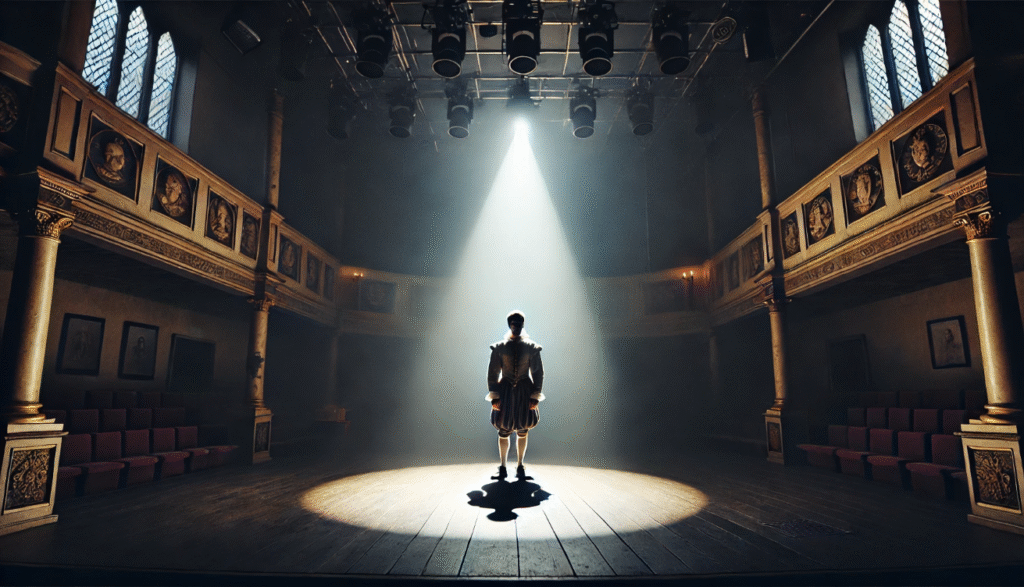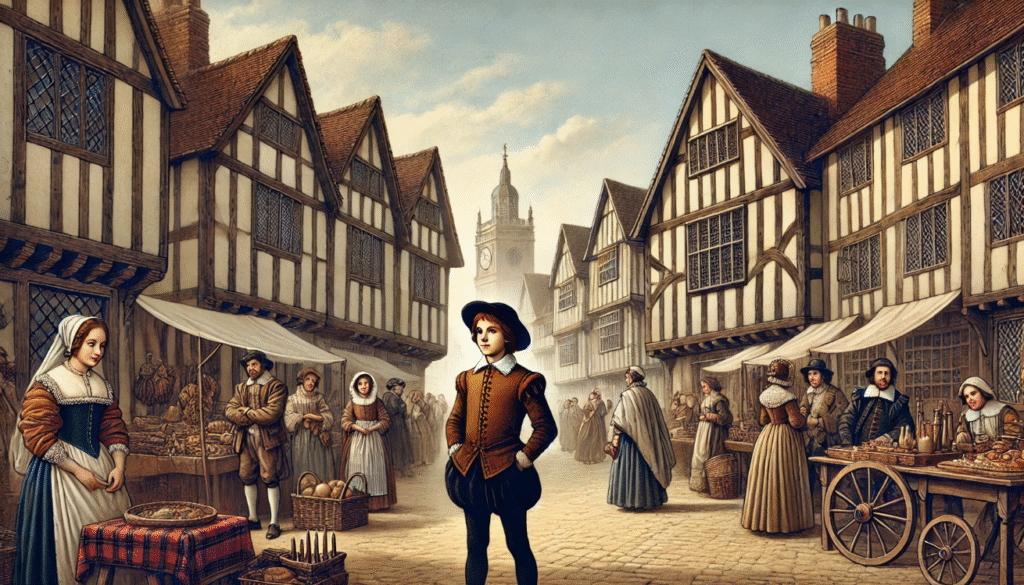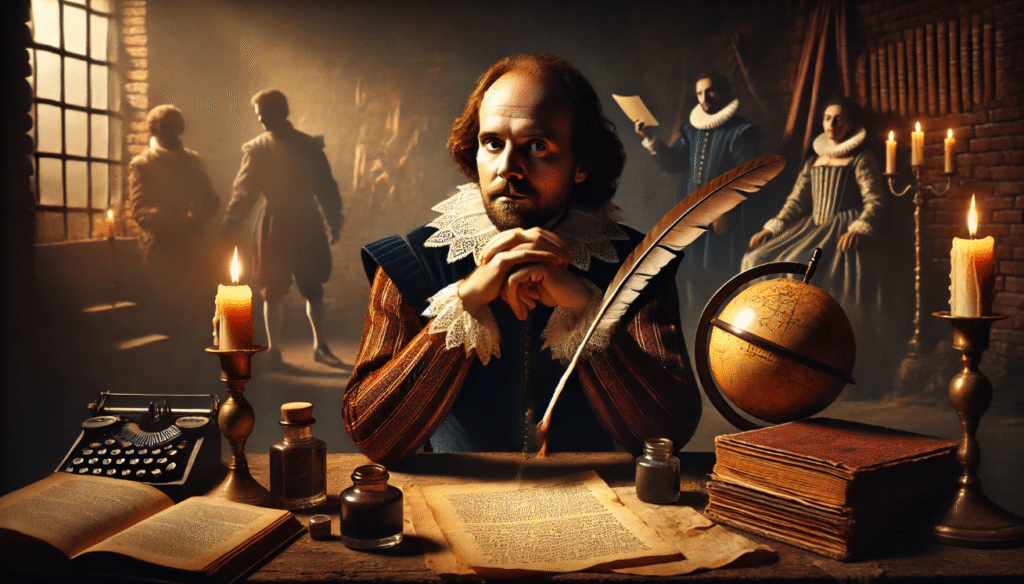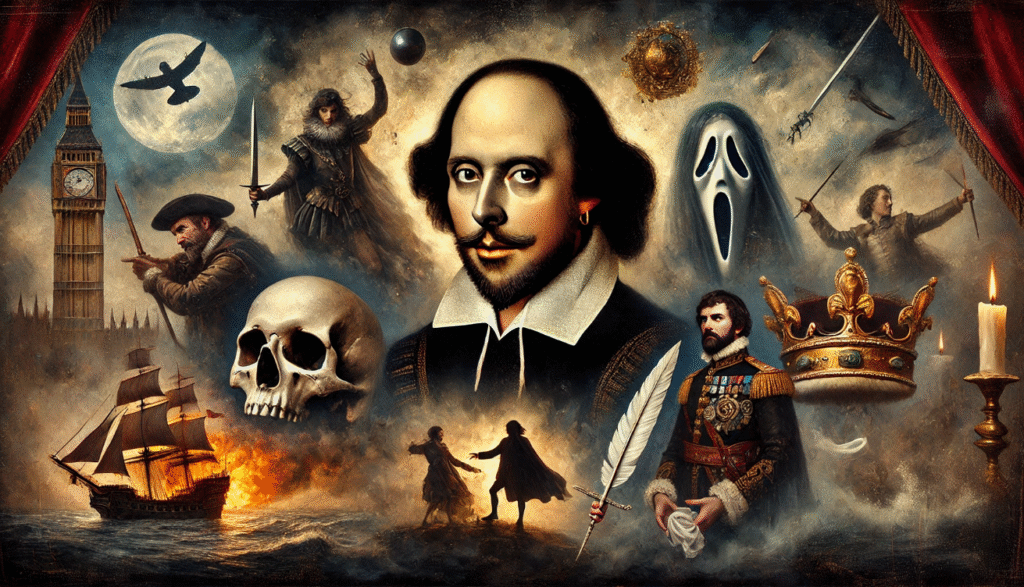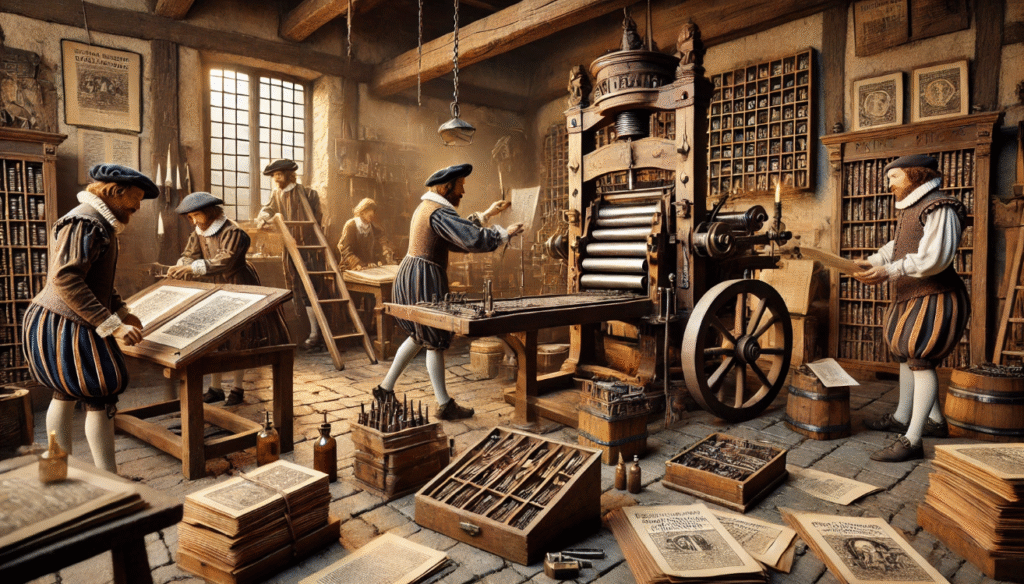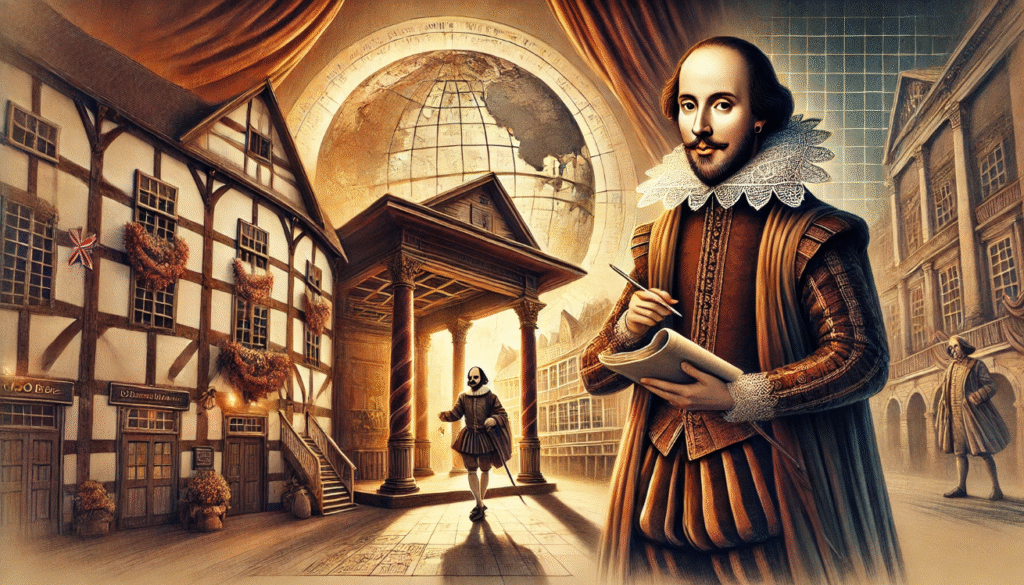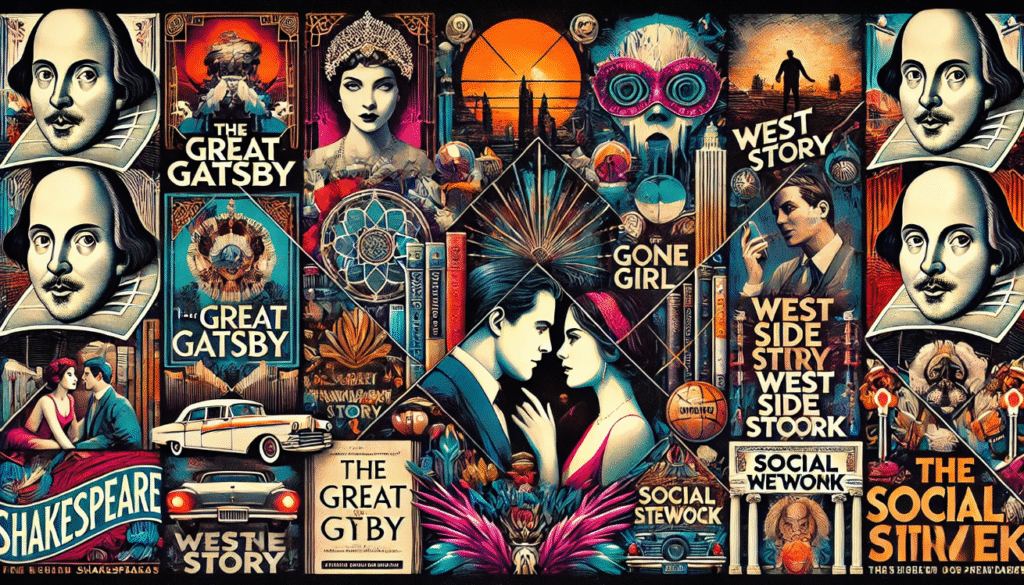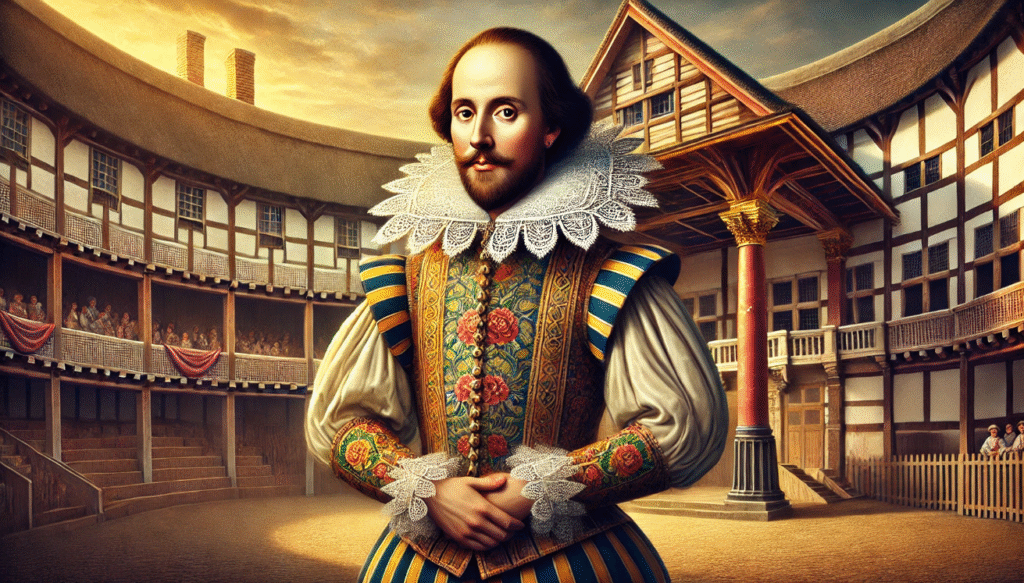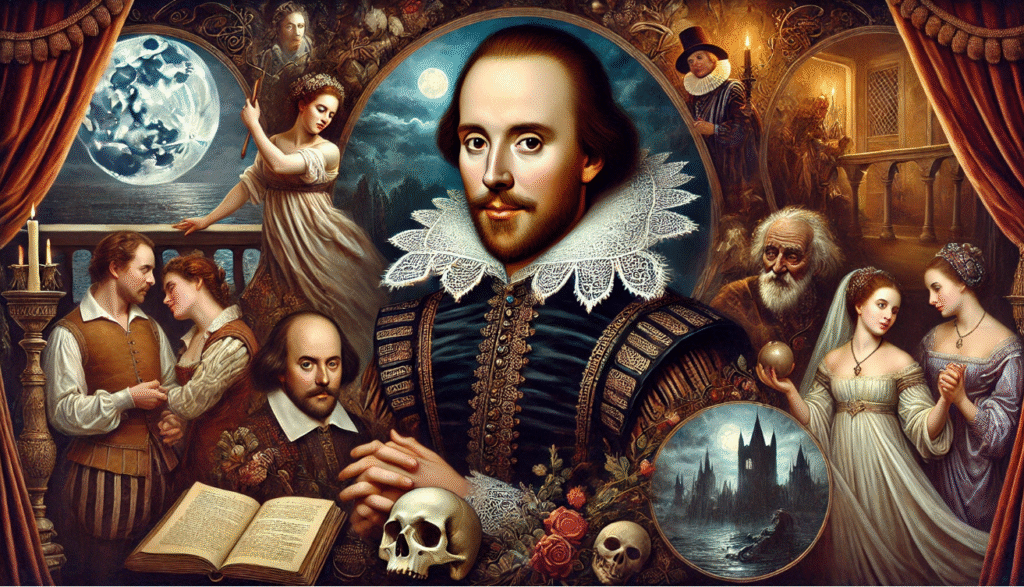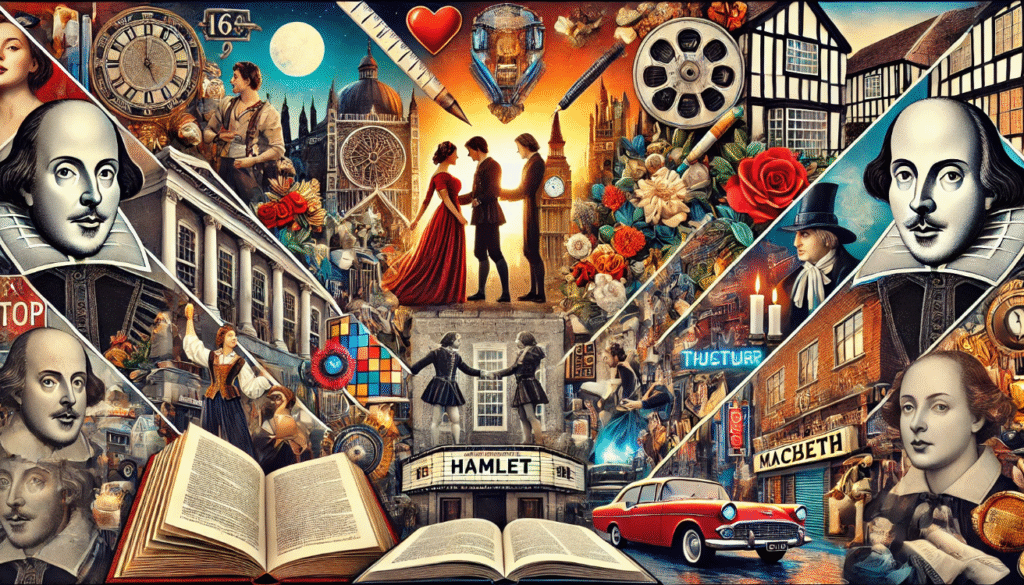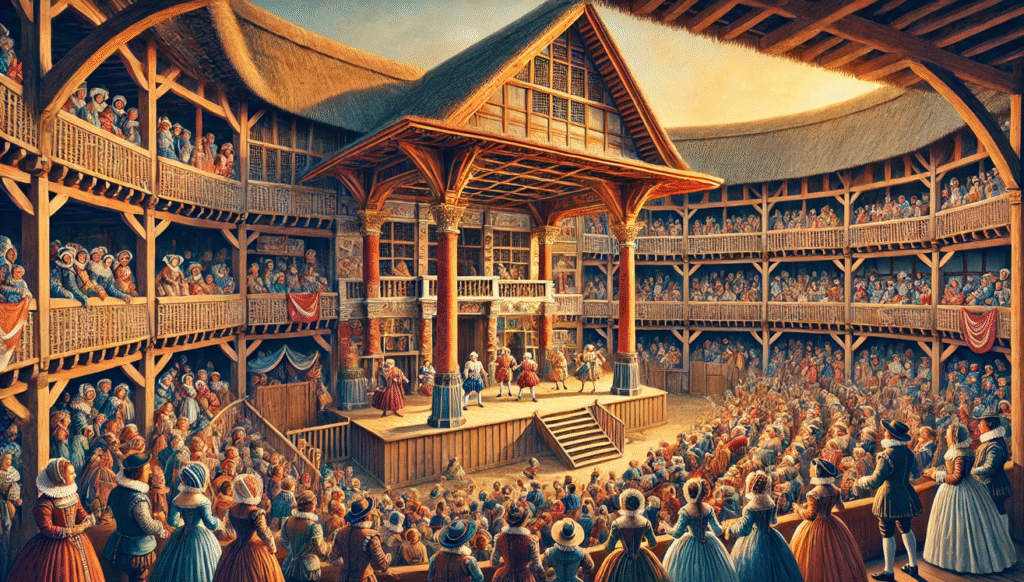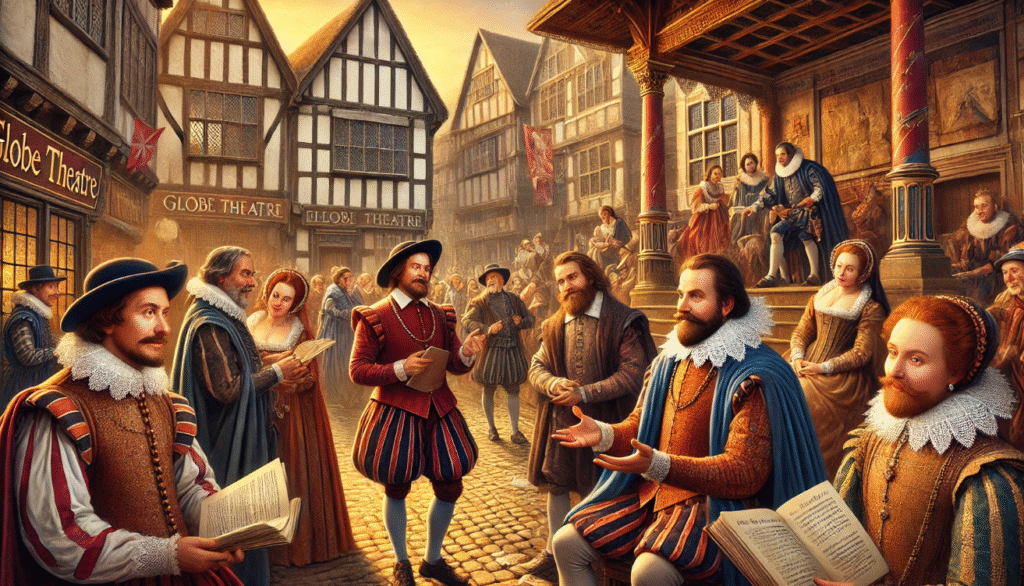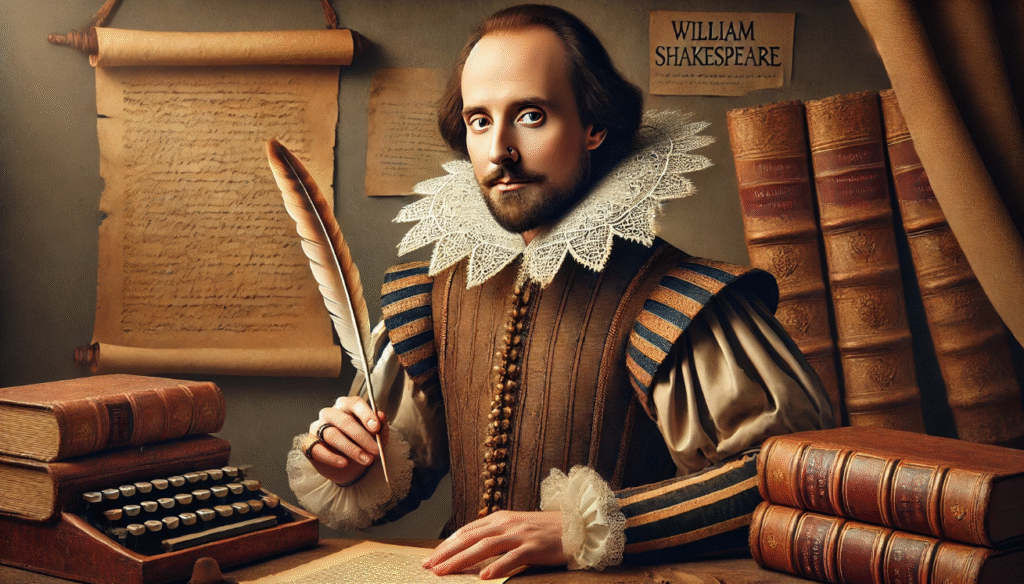 What if the most powerful special effect in theatre history was simply a man talking to himself? Long before modern lighting, digital backdrops, or surround sound, The historical significance of Shakespeare’s stagecraft captivated audiences with nothing more than a stage, a voice, and a few well-placed words. At the heart of his theatrical magic were moments that drew the audience in completely—none more striking than his famous soliloquies. In this article, you’ll find the historical significance of Shakespeare’s stagecraft explained not just as literary gems, but as revolutionary tools of stagecraft. We’ll explore how his inventive use of the stage changed theatre forever and still echoes in modern productions today.
What if the most powerful special effect in theatre history was simply a man talking to himself? Long before modern lighting, digital backdrops, or surround sound, The historical significance of Shakespeare’s stagecraft captivated audiences with nothing more than a stage, a voice, and a few well-placed words. At the heart of his theatrical magic were moments that drew the audience in completely—none more striking than his famous soliloquies. In this article, you’ll find the historical significance of Shakespeare’s stagecraft explained not just as literary gems, but as revolutionary tools of stagecraft. We’ll explore how his inventive use of the stage changed theatre forever and still echoes in modern productions today.
Theatrical Landscape Before Shakespeare

Before Shakespeare took the stage, English theatre looked very different. Most plays were performed in open-air spaces or on temporary stages at fairs and inns. The historical significance of Shakespeare’s stagecraft were simple, often with no sets, few props, and minimal costumes. The historical significance of Shakespeare’s stagecraft storytelling and entertainment, not artistic expression.
Actors had to rely heavily on physical gestures and loud voices to reach the crowd. There were no female actors—men played every role. Dialogue was often straightforward, with little depth or emotion. The audience stood close to the stage, shouting, cheering, or booing during the show.
Playwrights rarely used complex characters or layered plots. Instead, they followed traditional forms like morality plays or simple comedies. Theatre was more about passing time than provoking thought.
This basic setup is what Shakespeare stepped into—and transformed. He saw the stage not just as a place for performance, but as a powerful space for imagination, emotion, and innovation.
Shakespeare’s Use of Stagecraft

Shakespeare used stagecraft in smart and creative ways that made his plays unforgettable. Without modern technology, he relied on words, movement, and simple effects to bring his stories to life.
He often used minimal sets, letting the actors’ dialogue paint vivid scenes. A line like “this blasted heath” (Macbeth) could turn a bare stage into a stormy landscape. Shakespeare’s use of language as scenery was a game-changer.
Scene changes were fast, with no curtains or blackouts. He wrote quick transitions and used entrances and exits to keep the pace moving. This helped hold the audience’s attention.
Shakespeare also used trapdoors, balcony levels, and props cleverly. Ghosts could rise from the floor or appear above, surprising the audience. In Romeo and Juliet, the balcony wasn’t just romantic—it added depth to the scene’s emotion and action.
His stage directions were often subtle, but packed with meaning. For example, where a character stands, enters, or exits could shift the mood instantly.
Shakespeare’s stagecraft made the most of every element—space, sound, and speech—to create powerful theatre. His smart use of the stage still inspires directors and performers today.
Character Staging and Audience Engagement

Shakespeare knew how to make characters feel real and close to the audience. He used smart staging and direct engagement to build a strong connection between performers and viewers.
One of his best tools was the soliloquy. When characters like Hamlet or Macbeth speak their thoughts aloud, it draws the audience into their minds. This technique is still powerful today—and helps explain why Shakespeare soliloquies are studied and performed so often.
He also broke the fourth wall, letting characters speak directly to the audience. This made viewers feel part of the action, not just spectators.
Shakespeare staged his actors carefully. Their entrances, exits, and positions were used to show power, conflict, or emotion. For example, a character standing alone might show isolation, while one standing above others could show control.
The design of the Globe Theatre helped too. With its thrust stage, actors were surrounded by the audience. This setup encouraged eye contact, interaction, and even shared laughter or gasps.
By using space, speech, and movement, Shakespeare made his characters unforgettable—and kept his audience fully engaged from start to finish.
Language as Visual Stagecraft
Shakespeare used words like paint on a canvas. Even without fancy sets, he created entire worlds through language alone. This is where his stagecraft truly stood out.
His descriptive dialogue helped the audience see what wasn’t physically there. When a character says, “A tempest rages,” the stage becomes a stormy sea in the viewer’s mind. The audience didn’t need to see it—they could imagine it.
He used imagery and metaphor to add depth. A simple line could suggest a castle, a forest, or a battlefield. This kept scenes flexible and focused on emotion, not decoration.
Shakespeare’s rhythm and pacing also guided the audience’s attention. His use of iambic pentameter created a musical flow, helping actors deliver lines with natural emotion and power.
Implied action was another smart move. He didn’t need big battle scenes—just a few well-chosen words to suggest chaos or danger.
By turning language into a visual tool, Shakespeare made every scene feel alive. His clever use of words became one of his most effective stagecraft techniques—and it still shapes how stories are told on stage today.
Lasting Influence on Modern Theatre

Shakespeare’s stagecraft has had a lasting impact on modern theatre. Directors, writers, and actors still use many of his techniques today.
His use of minimal sets and strong dialogue inspired modern productions that focus more on storytelling than spectacle. Many plays now use simple stages and let the actors and words do the work—just like Shakespeare did.
Soliloquies and direct audience addresses are still popular. Modern shows like Fleabag or House of Cards use this style to create a deeper connection with viewers—proof that Shakespeare’s methods still work.
Flexible staging is another influence. Many theatres now use open or thrust stages, just like the Globe. This setup brings actors closer to the audience, encouraging more engagement and emotion.
His focus on character depth, pacing, and rhythm has shaped how playwrights write today. Emotional monologues, sharp dialogue, and meaningful pauses all have roots in Shakespeare’s style.
In short, Shakespeare’s stagecraft didn’t just work for his time—it shaped the future. Modern theatre still builds on his bold, creative choices.
Practical Takeaways for Today’s Theatre Lovers and Creators

Shakespeare’s stagecraft still offers valuable lessons for modern theatre lovers and creators.
For playwrights, his work shows that strong characters and vivid language can carry a story—even without elaborate sets. Focus on how your words create scenes in the audience’s mind.
Directors can learn from his use of space and movement. Think about how actors enter, exit, and interact with the audience. Even simple stage setups can feel powerful with the right blocking and energy.
Actors can study Shakespeare’s soliloquies to improve delivery and emotional range. Speaking directly to the audience builds connection and impact.
Theatre fans gain more appreciation by noticing how modern shows still use Shakespeare’s tricks—minimal sets, deep characters, and powerful speeches.
No matter your role in theatre, Shakespeare’s stagecraft reminds us that great storytelling comes from creativity, not just big budgets.
Shakespeare’s stagecraft was more than clever—it was revolutionary. At a time when theatre had few resources, he transformed the stage using language, imagination, and direct audience connection. From powerful soliloquies to minimal sets and bold character staging, his techniques continue to shape the way we experience theatre today.
Understanding Shakespeare soliloquies explained and the tools he used helps us see why his work still feels fresh and powerful. Whether you’re a writer, actor, director, or fan, there’s something to learn from the way he brought stories to life.

